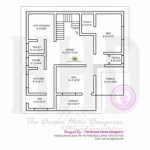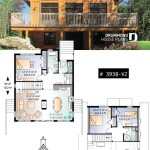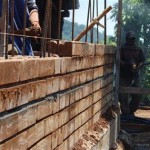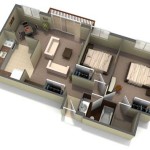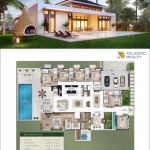Mansard House Plans: Exploring the Architectural Masterpiece
Mansard house plans, characterized by their distinctive sloped roofs with dormer windows, have captivated homeowners for centuries. These classic architectural designs offer a harmonious blend of elegance and functionality, making them a timeless choice for discerning individuals seeking exceptional living spaces.
Key Architectural Features
Sloping Roof: The most prominent feature of Mansard house plans is their sloped or "mansard" roof. This design provides additional attic space and enhances natural light penetration, resulting in airy and spacious interiors.
Dormer Windows: Dormer windows, often adorned with gables, accentuate the sloped roof, adding depth and visual interest. They allow daylight to flood the attic, creating a bright and inviting atmosphere.
Ornamental Details: Mansard house plans frequently incorporate intricate ornamental details, such as decorative moldings, window trim, and elaborate cornices. These embellishments lend a touch of sophistication and enhance the aesthetic appeal.
Advantages of Mansard House Plans
Additional Living Space: The sloped roof of Mansard houses offers ample headroom in the attic, which can be transformed into habitable spaces. This extra space can accommodate guest rooms, home offices, or cozy retreats.
Natural Light: The dormer windows provide excellent sources of natural light, illuminating the interiors and creating a healthy and inviting ambiance.
Architectural Character: Mansard house plans exude a timeless elegance and classic charm. Their distinctive architectural features set them apart from ordinary homes, imbuing them with a sense of sophistication.
Considerations for Mansard House Plans
Maintenance: Mansard roofs require regular maintenance due to their complex design. Proper inspections and repairs are essential to ensure their longevity.
Cost: The construction of Mansard houses can be more expensive compared to other roof styles, primarily due to the intricate workmanship involved.
Energy Efficiency: While the sloped roof provides additional space, it can also increase the surface area of the exterior walls, potentially impacting energy efficiency. Careful attention to insulation and air sealing is crucial.
Conclusion
Mansard house plans offer an enduring architectural masterpiece, combining timeless elegance with practical functionality. The distinctive sloped roof, dormer windows, and ornamental details create an aesthetically pleasing and comfortable living environment. While considerations such as maintenance and cost should be taken into account, the benefits of these classic designs make them an exceptional choice for discerning homeowners seeking a home that exudes both character and comfort.

Vintage 1970s 5bedroom French Mansard Roof Home House Planswhat A Beautifully Laid Out Plans How To Plan

Roomy Hous Plan With Mansard Roof 21456dr Architectural Designs House Plans

Roomy Home Plan With Mansard Roof 21887dr Architectural Designs House Plans

Roomy Home Plan With Mansard Roof 21887dr Architectural Designs House Plans

Love The Look Of This Small Mansard Roof House Vintage Plans French Cottage

Roomy Hous Plan With Mansard Roof 21456dr Architectural Designs House Plans

Home Building 1850 1900 Brigham City History Project

Roomy Home Plan With Mansard Roof 21887dr Architectural Designs House Plans

Plan 21456dr Roomy Hous With Mansard Roof House Plans French Country

A Mansard Roof Dwelling


